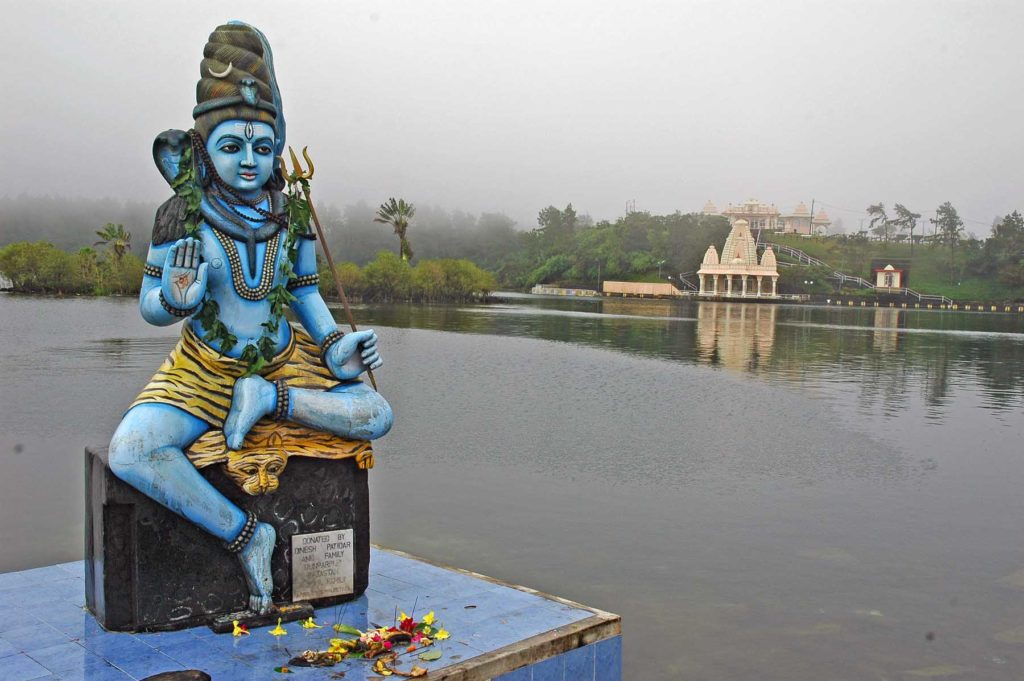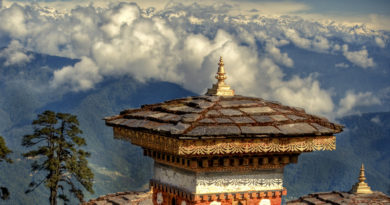Namaste Mauritius
Best places to visit in Mauritius, sightseeing & tourist attractions in Mauritius
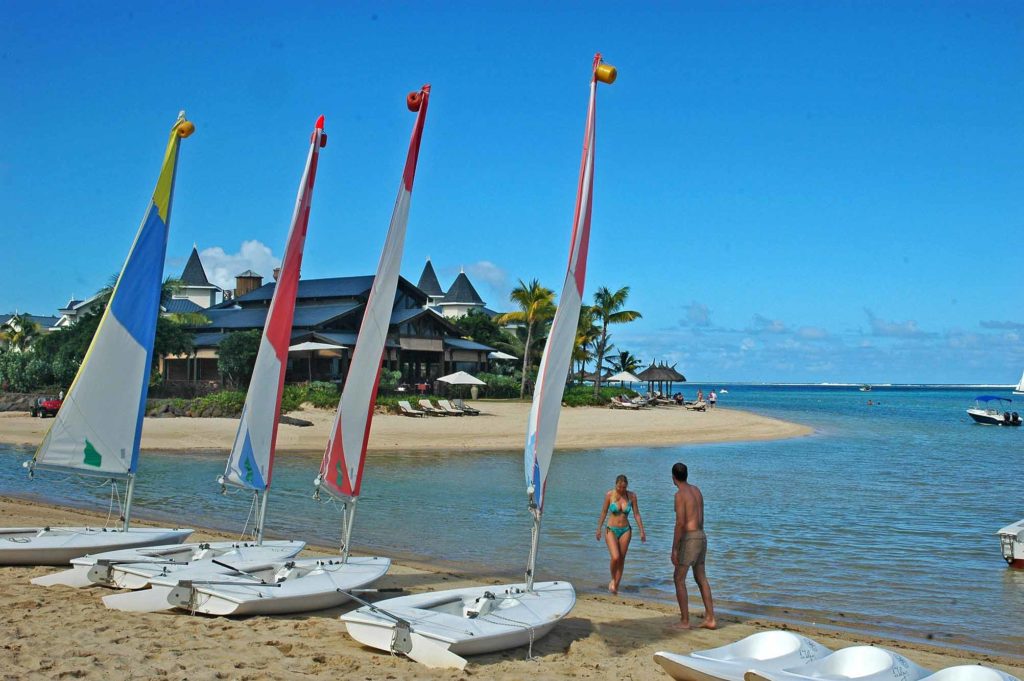
They speak Hindi in paradise. Bhojpuri,Tamil and a few other Indian languages too. Indians travelling to this island nation of powder-white beaches and stunning vistas will also find the familiar that is so delightfully different. On the drive to the hotel the car radio will probably be tuned into a Hindi station that plays popular Bollywood songs and updates listeners on latest filmy gossip. Sugarcane fields frame both sides of the highway that one traverses. This sea of green that ripples like waves across the land is where it all started: an ever-present reminder of the deep roots that have been forged between India and Mauritius ever since the sailing ship Atlas docked in Mauritius on 2 November 1934 and disgorged the first consignment of Indian labourers sent by the British to work the sugarcane fields.
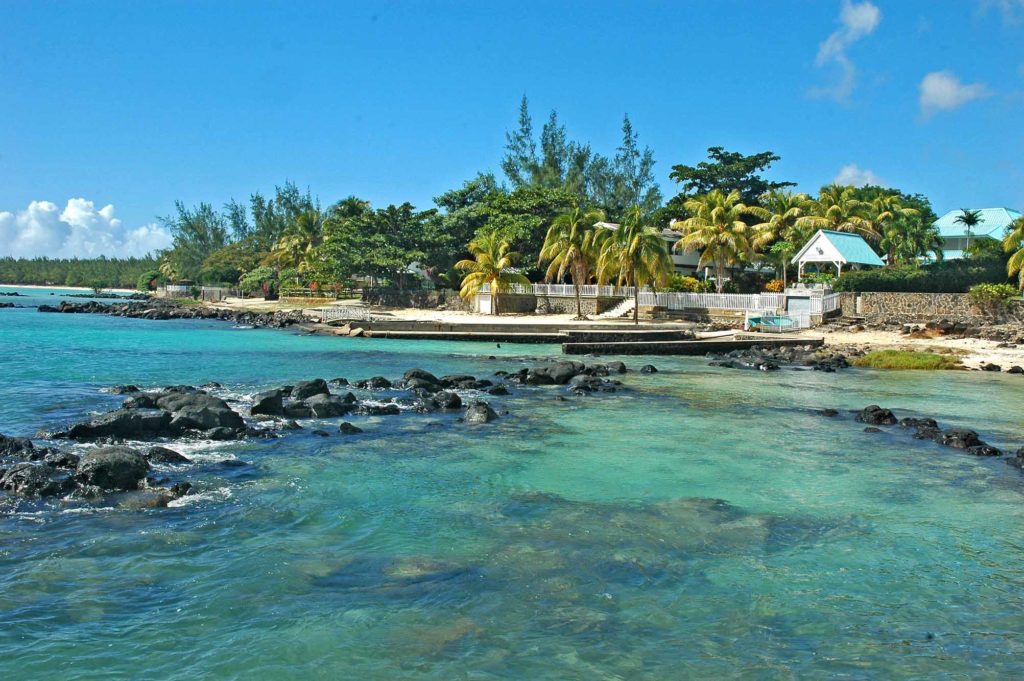
A few years earlier, in 1810, when the British displaced the French who had held sway over the Indian Ocean Island for around 100 years, they abolished slavery. At the time, there were around 60,000 to 80,000 slaves on the island and as most were happy to cast of the yoke of toiling in the fields, it created an enormous vacuum that that the new rulers decided to fill by shipping out what they called Indentured labourers from India. Between 1834 and 1922, around 450,000 Indians mostly from Bihar as well as other parts of the country, landed in Mauritius and made it their new home. This mass transmigration would have a profound impact on the social, cultural, political and almost every aspect of the island.
According to the 2007 census, 68% of the island’s population of 1.2 million are of Indian origin. They speak Bhojpuri and Hindi at home and Creole – a local dialect with African roots – French and English (the latter being the official language of the island) in public. There is a section of the community that even speaks Tamil and Telegu and they owe their presence on the island not so much to the British but the French who had brought them over decades earlier from Pondicherry and its surrounding areas to build the port cities that would become an important trading post for ships plying the Indian Ocean.
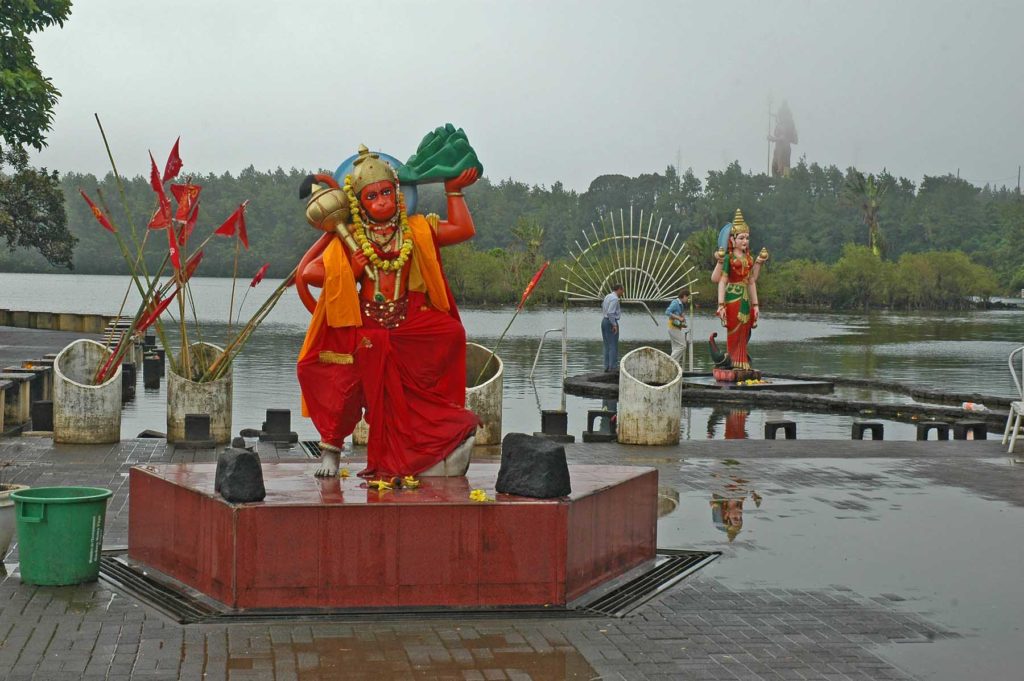
In addition the island is studded with institutes that reflect its close links with India. These include the Swami Vivekananda International Convention Centre, Indira Gandhi Centre for Indian Culture, the Rajiv Gandhi Science Centre, the Rabindranath Tagore Institute, the Mahatma Gandhi institute, the Upadyhaya Training centre, the Subramania Bharati Eye Centre and the Jawaharlal Nehru Hospital.
The religious heart of the Hindu community is nestled in the folds of the central mountain range known as the Grand Bassin. On the banks of a quiet, misty lake, studded with Hindu gods and goddesses, the main temple complex seems to float upon celestial waters. Here local pundits in orange robes, chant Sanskrit shlokas and bless devotees clad in traditional Indian dress – dhoti and sari.
Significantly enough, when Mauritius finally broke free from British rule in 1968, it chose 12 March, the day Gandhi started his famous Salt March, as its Independence and National day. In fact, Indo-Mauritius played a significant role in winning the island’s freedom. Two of the three founding fathers of Independent Mauritius – Sewoosagur Ramgoolam (who was also the first Prime Minister) and Sookdeo Bissoondoya – hailed from the community. The current President Anerood Jugnauth, Prime Minister Navin Ramgoolam and Chief Justice Ariranga Govindasamy Pillay are of India origin.
Yet for all its Indian roots Mauritius is not a Little India. It’s an independent nation; famous around the world as an exotic beach destination where tourists from all corners of the globe come to unwind and get away from the grind of civilization without sacrificing any of its comforts. When first discovered by the Dutch, the island was uninhabited except for the Dodo and other exotic birds and animals. Today, the Dodo is no more, but around half a million tourists fly in each year to luxuriate in this proverbial tropical island paradise.Fact File
Mauritius is a year-round playground that lies to the south of the equator and off the east coast of Africa.
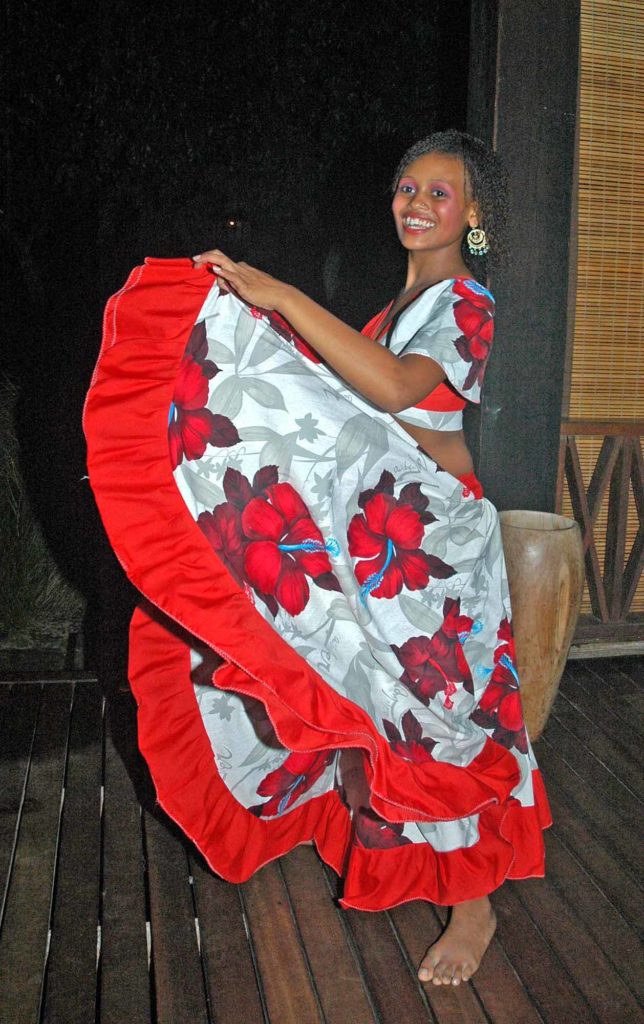
Air Mauritius and Air India operate regular flights between India (Mumbai, Delhi and Chennai) and Mauritius on a code share basis.
The island has a range of hotels from five star deluxe to more affordable options which are located in the more developed north, east and west of the island.For more information on Indian holidays and holiday package bookings contact paryatansthal.com

